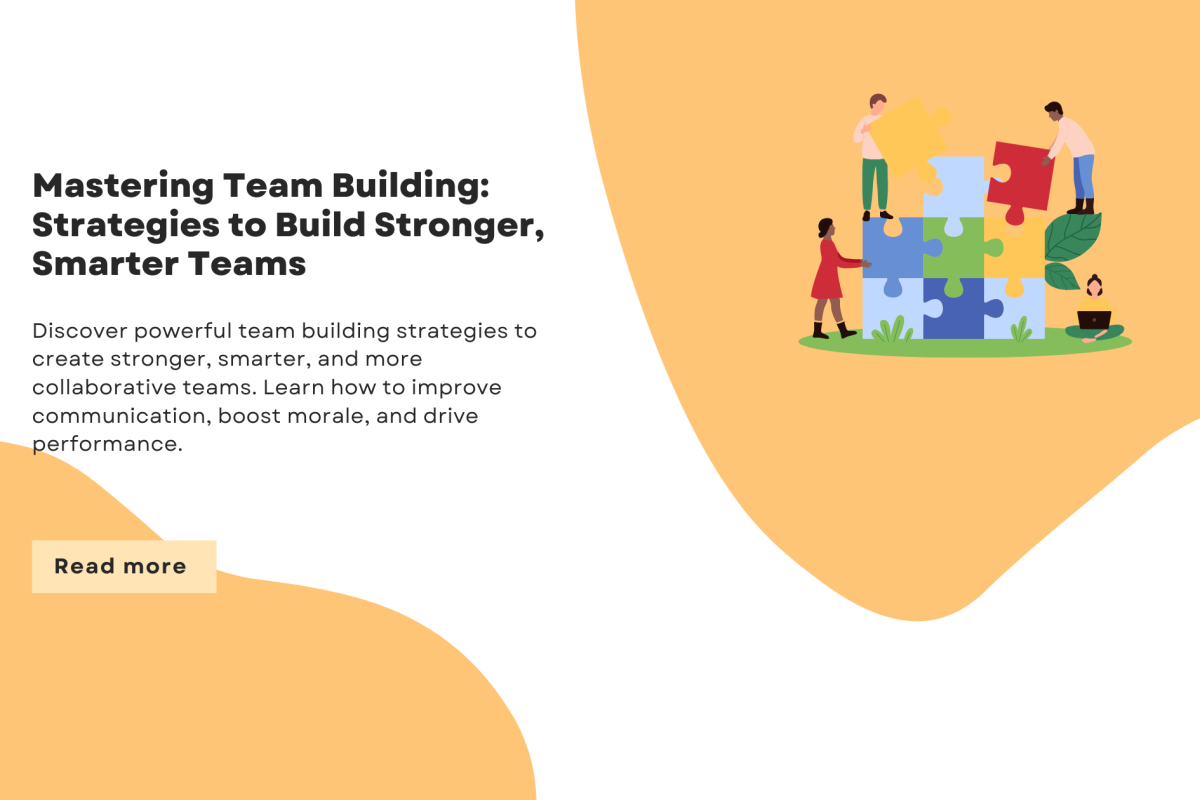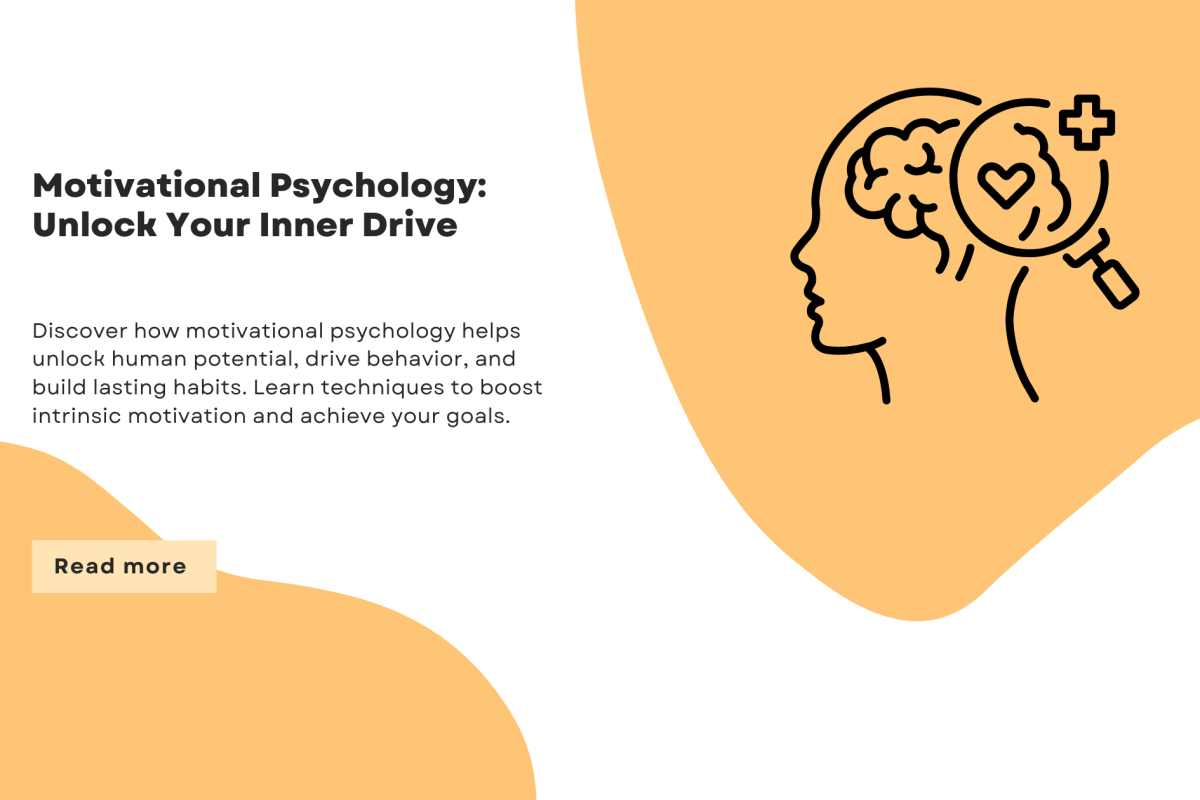In today’s competitive and ever-evolving business landscape, Talent Development is more than just an HR function—it’s a strategic pillar for long-term success. When organizations invest in developing employee skills, nurturing future leaders, and creating a culture of continuous learning, they not only retain top talent but also accelerate innovation and performance.
Whether you’re a startup founder, an HR professional, or a leader trying to boost team productivity, understanding the full scope of Talent Development is essential for sustainable growth.
Understanding Talent Development: The Core of a Thriving Organization
It refers to a structured process where organizations identify, nurture, and enhance the skills, capabilities, and potential of employees at every level. It encompasses training, mentorship, performance management, career progression planning, and leadership development.
At its heart, Talent Development aims to bridge the gap between an individual’s current abilities and the future needs of the business. It’s about preparing people today for tomorrow’s roles.
Key Benefits of Talent Development for Organizations
- Increased employee engagement and retention
- Improved performance and productivity
- Better succession planning and leadership pipeline
- Adaptability in the face of rapid change
- Enhanced company reputation and employer branding
When employees see clear growth paths and feel supported in their journey, they’re more likely to stay, contribute meaningfully, and advocate for the organization.
Strategies for Building a Strong Talent Development Program
1. Align with Business Goals
Link development efforts directly with your company’s strategic objectives. This ensures every training session or mentorship program delivers value that drives growth.
2. Conduct Regular Skill Gap Analysis
Use tools like 360-degree feedback, performance reviews, and self-assessments to identify where your team needs upskilling or reskilling.
3. Create Personalized Learning Paths
One-size-fits-all training doesn’t work anymore. Leverage Learning Management Systems (LMS) and AI tools to deliver custom content based on employee roles and aspirations.
4. Encourage a Culture of Continuous Learning
Offer microlearning, on-demand courses, webinars, and cross-functional projects to foster daily learning habits.
5. Develop Leadership Early
Invest in identifying high-potential employees and grooming them for leadership roles through coaching, stretch assignments, and peer learning.
Role of Managers in Talent Development
Managers play a crucial role in this. They’re not just task supervisors—they’re talent spotters, motivators, and mentors. Regular one-on-one check-ins, career conversations, and feedback sessions are simple yet powerful tools in their arsenal to foster employee growth.
Trends Shaping the Future of Talent Development
- AI-powered learning platforms for adaptive training
- Hybrid learning models blending virtual and in-person workshops
- Soft skills development as a top priority
- Gamification and VR-based simulations for immersive learning
- Data-driven performance tracking to personalize development plans
With Gen Z entering the workforce and digital transformation accelerating, this will continue to evolve into more agile, personalized, and tech-driven models.
Challenges in Talent Development and How to Overcome Them
| Challenge | Solution |
|---|---|
| Lack of budget or resources | Leverage free or low-cost digital learning tools |
| Resistance to change | Build awareness on ROI of talent programs |
| Skill mismatches | Conduct regular reskilling and upskilling initiatives |
| Poor managerial support | Train managers in coaching and mentoring |
Real-Life Example: How It Transformed a Growing Startup
When a Bengaluru-based SaaS startup noticed rising employee turnover, they implemented a structured Talent Development framework: pairing new hires with mentors, launching a skill academy, and creating clear career paths. In just 12 months, attrition dropped by 40%, and internal promotions doubled—proving how targeted development can drastically boost morale and business outcomes.

Measuring the Success of Your Talent Development Program
- Employee retention rate
- Internal promotion rate
- Training completion rates
- Feedback from learners and managers
- ROI on learning investment
Always pair qualitative feedback with quantitative data to understand what’s working and where improvements are needed.
FAQs
Q1. Is talent development the same as training?
No. While training is part of Talent Development, the latter is a broader, long-term approach focused on continuous growth, leadership readiness, and strategic alignment.
Q2. How often should talent development plans be updated?
Ideally, review them bi-annually or whenever there’s a major organizational shift or technology change.
Q3. What tools can help with talent development?
Tools like Coursera for Business, Udemy Business, LinkedIn Learning, SuccessFactors, and internal LMS platforms are highly effective.
Q4. Can small businesses afford talent development?
Absolutely! Start small with mentorship programs, peer learning, and online resources. It’s more about consistency than cost.
Q5. Who should be responsible for talent development?
It’s a collaborative effort involving HR, leadership, and individual managers. Each has a unique role to play.
Conclusion: Invest in People to Invest in Growth
Talent Development isn’t a one-time initiative—it’s a culture. Companies that continuously develop their people are the ones who thrive, innovate, and stay ahead. By nurturing talent, you’re not just building skills—you’re building the future of your organization.
Looking to grow yourself or your team with smart strategies and guidance? Visit www.subhamcharan.com and explore how we’re helping individuals and businesses unlock their full potential through real insights and action-driven content.


6 Current Opinions
Вам предстоит командировка?
Без удобного жилья отдых не будет комфортным.
Сегодня у вас есть масса предложений: уютные
квартиры посуточно, комфортные отели, гостевые дома с
домашней атмосферой. Главное — найти оптимальный вариант под ваши задачи.
Зачем снимать жильё на сутки
Арендуя квартиры, отели и гостевые дома на сутки, вы получаете:
✅ Свободу выбора: аренда от суток до нескольких недель.
✅ Экономию — квартиры и гостевые дома часто дешевле отелей.
✅ Комфорт — возможность готовить дома, больше пространства для
семьи.
✅ Большой выбор форматов жилья.
Жильё посуточно
@airbn@b77 https://sutochny.ru/bilety-oteli/
Simply desire to say your article is as surprising. The clearness for your publish is simply excellent and that i can think you’re knowledgeable in this subject.
Well together with your permission allow me to grab your feed
to stay updated with approaching post. Thank you one million and
please carry on the gratifying work. https://tiktur.ru/
Вы чрезвычайно полезный сайт;
не мог сделать это без тебя! Посетите
также мою страничку Виртуальные карты для
бизнеса https://t.me/platipomiru_bot?startapp=4Q3W04TO
Ищете жильё для короткого отпуска?
Без удобного жилья отдых не будет комфортным.
Сегодня путешественникам доступно множество вариантов: уютные квартиры посуточно, отели
разного уровня, домики и гостевые дома на сутки.
Главное — найти оптимальный вариант под ваши задачи.
Почему жильё посуточно удобно
Выбирая жильё посуточно, вы получаете:
✅ Свободу выбора: аренда от суток до нескольких недель.
✅ Низкие цены по сравнению с гостиницами.
✅ Домашние удобства и личное пространство.
✅ Большой выбор форматов жилья.
квартиры посуточно
@airbn@b77 https://harry.main.jp/mediawiki/index.php/%D0%A1%D1%83%D1%82%D0%BE%D1%87%D0%BD%D0%BE_%D0%A0%D1%83_%D0%96%D0%B8%D0%BB%D1%8C%D0%B5_%D0%9F%D0%BE%D1%81%D1%83%D1%82%D0%BE%D1%87%D0%BD%D0%BE
Я нравлюсь этот веб-сайт – он такой полезный и полезный.
Посетите также мою страничку жилье https://tiktur.ru/
Я нравлюсь этот веб-сайт
– он такой полезный и полезный.
Посетите также мою страничку жилье https://tiktur.ru/category/zhilyo/